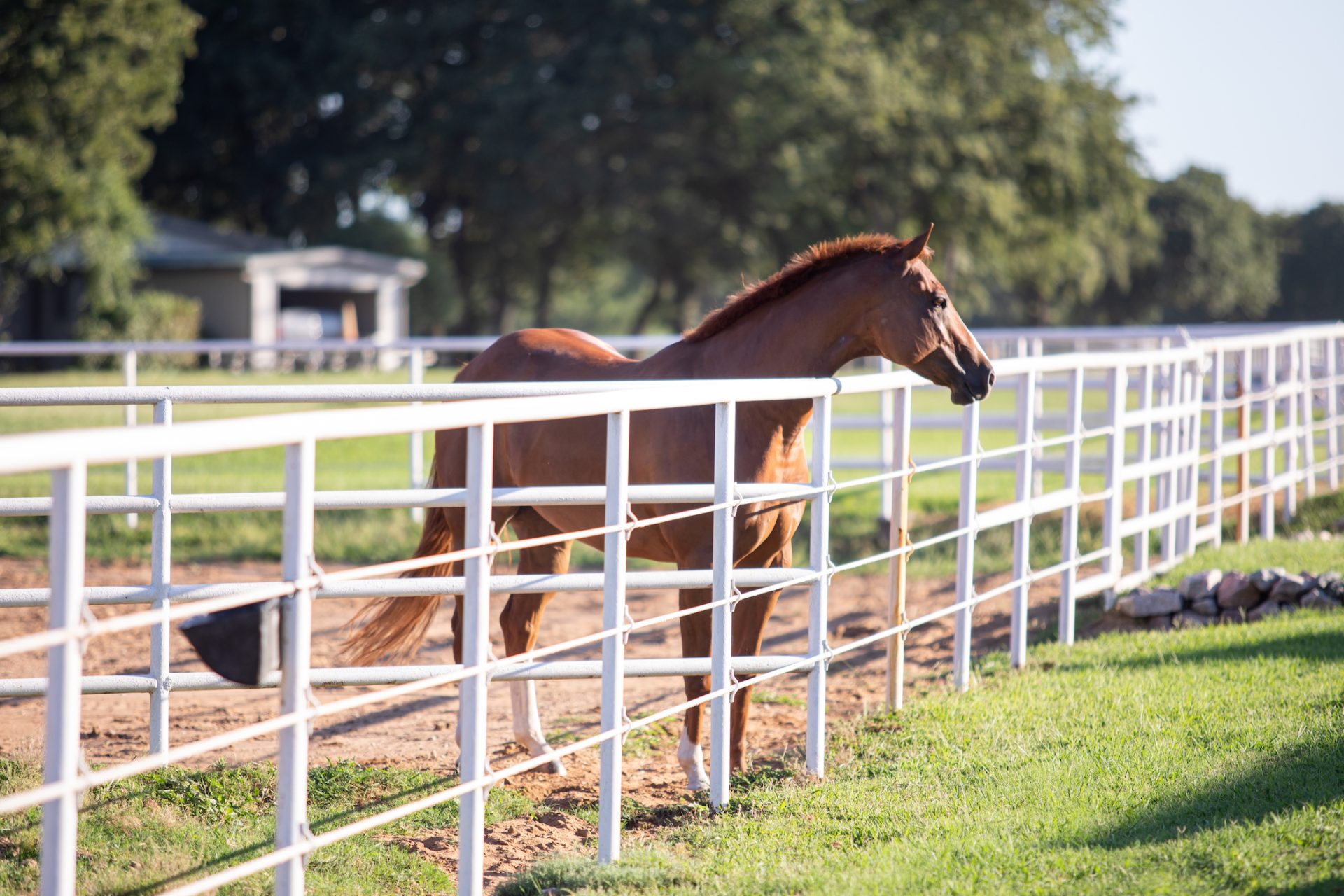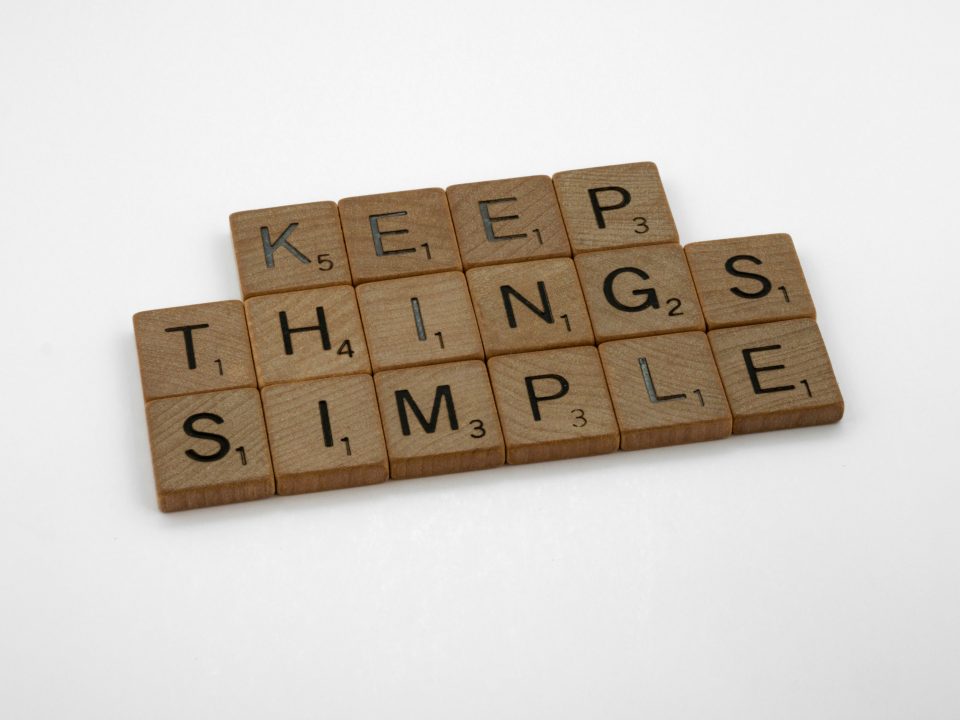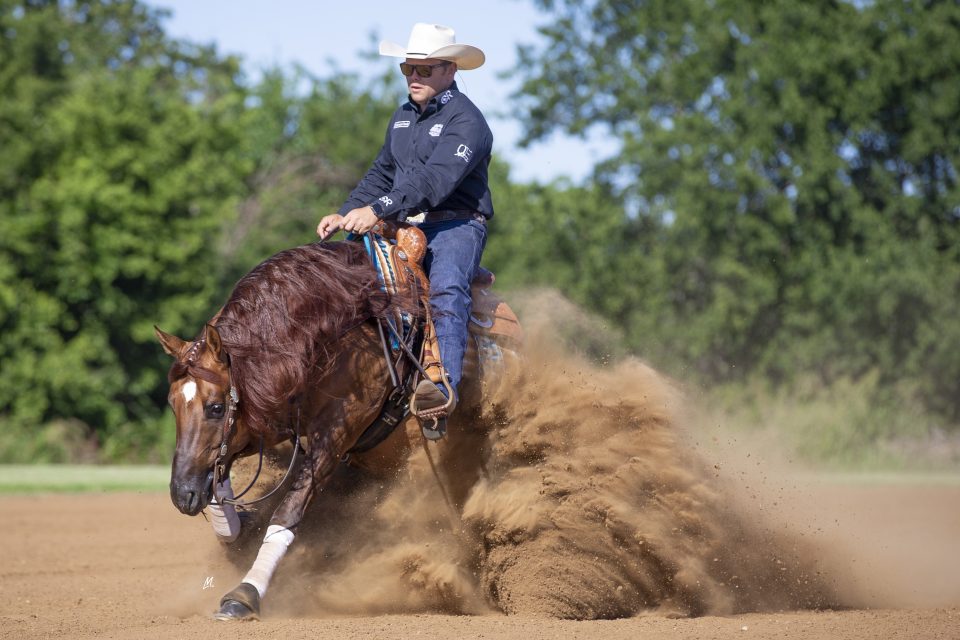Advertise and market like a millionaire with tips from some of the best in the performance-horse business.
By Megan Arszman

With so many options for marketing and advertising—social media, digital, print—it’s easy to get lost in a flurry of ideas and things to do for your business, whether you just hung out your shingle as an NRHA Professional or have been in it for years. You want to be everywhere: Facebook, Instagram, NRHA Reiner, arena signage, etc. You want everyone to know who you are. But are you guilty of having champagne, rather, single-barrel bourbon marketing dreams on a clearance sale 24-pack beer budget?
It’s easy to want to mimic the marketing plans of the most visible riders and programs, but it’s important to step back and take the time to create a brand, develop a plan for your business and continue to work hard in the saddle, so you can be successful in the marketing arena.
But how tough can it be? We spoke with Cam Essick, owner of Pacific Range design group and consultant to many NRHA Professionals, and Kelsey Price, marketing professional and wife of Kole Price. Here we’ll cover:
Part 3: Traditional Marketing Campaigns
Part 4: Treating Yourself Like a Prospect
Social Media
Social media marketing is about marketing the “now” to audiences that are not only your clients, but also perhaps just horse lovers who are looking for the next discipline to explore.
Price likes to make the most of hashtags when it comes to posting videos and images to the social media pages that feature her husband, Kole Price.
“People want to see the inside scoop of what’s going on inside the barn,” Price says. “We like to post our futurity prospects, but also brag on our team members and owners.”
If you like to use social media to post show results, Price stresses the importance of timeliness. Waiting a week to post results is often too late because most of the audience is already onto the next big show, just like your competitors. Also, make sure you tag everyone in your team to share the excitement and accolades so viewers know that you value not only your assistants, but your owners and the breeders as well.
But as Essick points out, social media does have a short shelf life, so if you want a more lasting impression from this form of marketing, you need to be interactive and versatile.
“I’d like to see the trainers come out with things that they believe in and talk about things that are important to them on social media,” she says. “I’m interested in what they have to say, and if you’re passionate about something, share it.”
Some other examples of conversational use of social media would be sharing accolades about a fellow NRHA Professional because you liked what you saw at last weekend’s show, or talking about trying on some new boots and give a non-sponsored shout-out to a boot maker. And there’s always starting a conversation that allows you to share your opinion with your audience, but also creates a discussion.
Read the rest of this article at the links above.



